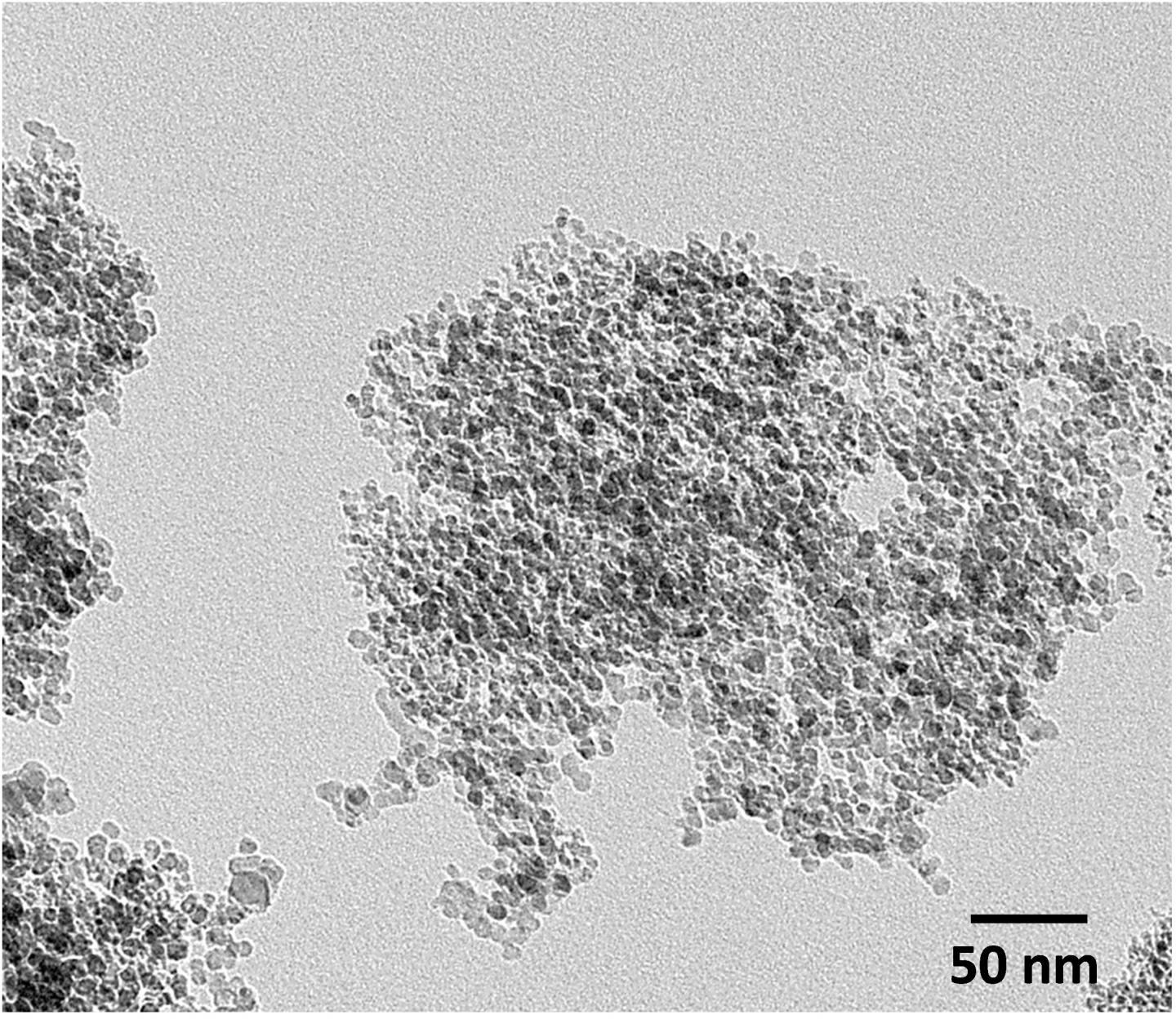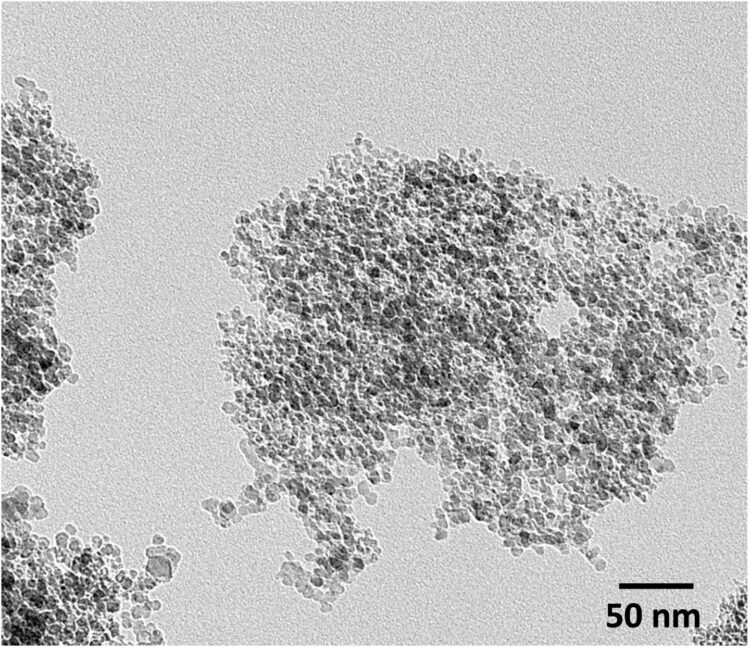
Credit: Adapted from ACS Applied Materials & Interfaces 2020, DOI: 10.1021/acsami.0c15194
Although most of the planet is covered by water, only a fraction of it is clean enough for humans to use. Therefore, it is important to recycle this resource whenever possible. Current purification techniques cannot adequately handle the very hot wastewater generated by some industries. But now, researchers reporting in ACS Applied Materials & Interfaces have embedded amine-enhanced nanodiamond particles into membranes to address this challenge.
Some oil recovery methods and other industrial processes result in hot wastewater, which requires energy-intensive cooling before it can be purified through traditional reverse osmosis membranes. After purification, the water then needs to be heated before it can be re-used. At such high temperatures, traditional reverse osmosis membranes filter slowly, allowing more salts, solids and other contaminants to get through. Researchers have embedded extremely tiny nanodiamonds — carbon spheres produced by explosions in small, closed containers without oxygen present — onto these membranes in previous studies. Although the membranes effectively and quickly filtered large volumes of water and can protect against fouling, they were not tested with very hot samples. To optimize the membranes for use with hot wastewater, Khorshidi, Sadrzadeh and colleagues wanted to modify the nanodiamond spheres and embed them in a new way.
The team attached amines to nanodiamonds and bathed them in an ethyl acetate solution to prevent the spheres from clumping. Then, a monomer was added that reacted with the amines to create chemical links to the traditional membrane base. Synergistic effects of the amine links and the ethyl acetate treatment resulted in thicker, more temperature-stable membranes, contributing to improvements in their performance. By increasing the amount of amine-enhanced nanodiamonds in the membrane, the researchers obtained higher filtration rates with a greater proportion of impurities being removed, even after 9 hours at 167 F, when compared to membranes without nanodiamonds. The new method produced membranes that could more effectively treat wastewater at high temperatures, the researchers say.
###
The authors acknowledge funding from Canada’s Oil Sands Innovation Alliance and The Natural Sciences and Engineering Research Council of Canada (NSERC).
The abstract that accompanies this paper is available here.
The American Chemical Society (ACS) is a nonprofit organization chartered by the U.S. Congress. ACS’ mission is to advance the broader chemistry enterprise and its practitioners for the benefit of Earth and its people. The Society is a global leader in providing access to chemistry-related information and research through its multiple research solutions, peer-reviewed journals, scientific conferences, eBooks and weekly news periodical Chemical & Engineering News. ACS journals are among the most cited, most trusted and most read within the scientific literature; however, ACS itself does not conduct chemical research. As a specialist in scientific information solutions (including SciFinder® and STN®), its CAS division powers global research, discovery and innovation. ACS’ main offices are in Washington, D.C., and Columbus, Ohio.
To automatically receive news releases from the American Chemical Society, contact [email protected].
Follow us: Twitter | Facebook
Media Contact
Katie Cottingham
[email protected]





